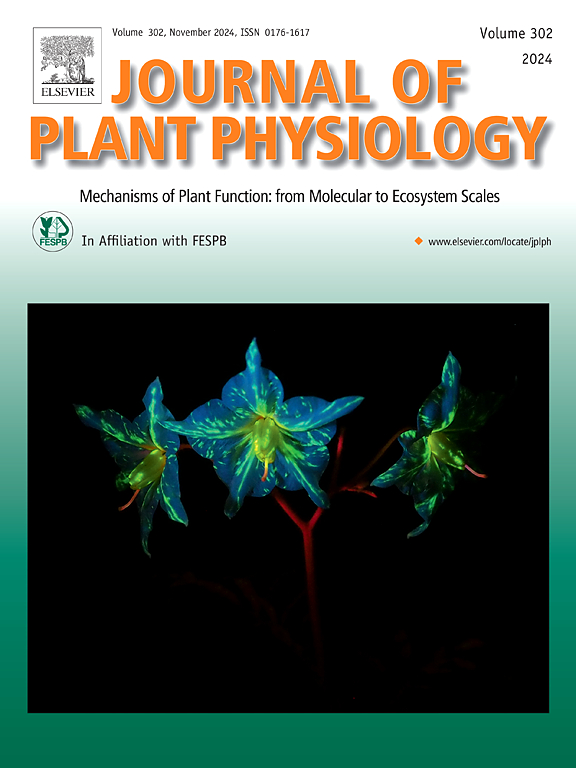Towards genetic architecture and genomic prediction of crop traits from time-series data: Challenges and breakthroughs
IF 4.1
3区 生物学
Q1 PLANT SCIENCES
引用次数: 0
Abstract
Advances in remote and proximal sensing have facilitated temporal high-throughput phenotyping of crop populations grown in field conditions. The resulting time-series phenotypic data capture single or multiple growth- and yield-related traits at different temporal resolution. Whilst classical quantitative genetics approaches can readily be used with these temporal data by considering the measurement of a character at a given time point as a separate trait, this strategy fully neglects inter-trait integration over time. Here, we provide a classification of computational approaches that can be used to effectively analyze temporal phenotyping data from crop populations, focusing on genomic prediction, identification of quantitative trait loci, and genome-wide association studies. We point out the existing challenges due to the consideration of time-resolved data, and stress the extent to which these challenges are addressed by the available computational solutions. Finally, we highlight recent breakthroughs that make use of time-resolved data for multiple traits and are poised to revolutionize breeding efforts of climate-resilient crops.
基于时间序列数据的作物性状遗传结构与基因组预测:挑战与突破
遥感和近端遥感技术的进步促进了在田间条件下作物种群的时间高通量表型分析。由此产生的时间序列表型数据在不同的时间分辨率下捕获单个或多个生长和产量相关性状。虽然经典的数量遗传学方法可以很容易地使用这些时间数据,通过考虑在给定时间点将一个性状作为一个单独的性状进行测量,但这种策略完全忽略了性状间随时间的整合。在这里,我们提供了一种可用于有效分析作物群体时间表型数据的计算方法分类,重点是基因组预测、数量性状位点鉴定和全基因组关联研究。我们指出了由于考虑时间分辨数据而存在的挑战,并强调了可用的计算解决方案在多大程度上解决了这些挑战。最后,我们强调了最近的突破,利用多性状的时间分辨数据,并准备彻底改变气候适应型作物的育种工作。
本文章由计算机程序翻译,如有差异,请以英文原文为准。
求助全文
约1分钟内获得全文
求助全文
来源期刊

Journal of plant physiology
生物-植物科学
CiteScore
7.20
自引率
4.70%
发文量
196
审稿时长
32 days
期刊介绍:
The Journal of Plant Physiology is a broad-spectrum journal that welcomes high-quality submissions in all major areas of plant physiology, including plant biochemistry, functional biotechnology, computational and synthetic plant biology, growth and development, photosynthesis and respiration, transport and translocation, plant-microbe interactions, biotic and abiotic stress. Studies are welcome at all levels of integration ranging from molecules and cells to organisms and their environments and are expected to use state-of-the-art methodologies. Pure gene expression studies are not within the focus of our journal. To be considered for publication, papers must significantly contribute to the mechanistic understanding of physiological processes, and not be merely descriptive, or confirmatory of previous results. We encourage the submission of papers that explore the physiology of non-model as well as accepted model species and those that bridge basic and applied research. For instance, studies on agricultural plants that show new physiological mechanisms to improve agricultural efficiency are welcome. Studies performed under uncontrolled situations (e.g. field conditions) not providing mechanistic insight will not be considered for publication.
The Journal of Plant Physiology publishes several types of articles: Original Research Articles, Reviews, Perspectives Articles, and Short Communications. Reviews and Perspectives will be solicited by the Editors; unsolicited reviews are also welcome but only from authors with a strong track record in the field of the review. Original research papers comprise the majority of published contributions.
 求助内容:
求助内容: 应助结果提醒方式:
应助结果提醒方式:


